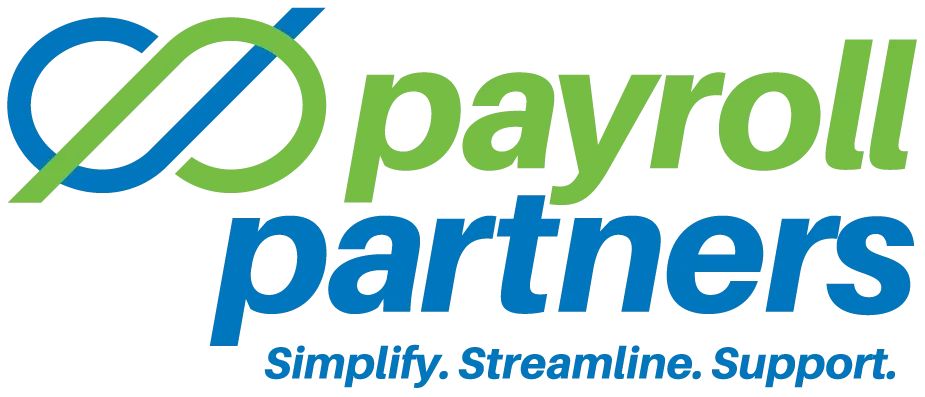Does your business still keep manual timesheets? If so, then this article is for you. In today’s post, we are directing our arguments to small business owners who use pen and paper timesheets.
Why Paper Time Cards Can Put You at Risk of FLSA Fines
How often do you worry about labor law compliance? We’re talking about FLSA laws that govern minimum wage, child labor, and overtime pay. There are also ACA standards that apply to employers with over 50 full-time equivalent workers.
Other provisions that affect employers are embodied in OSHA, COBRA, Title VII, and ADA. Wow! That’s a lot of laws for business owners to comply with. However, for today’s article, we will concern ourselves with FLSA and ACA compliance.
Our objective is to convince you that using an outdated or ineffective employee time and attendance system puts you in danger of being fined for noncompliance. And make no mistake: being fined for a DOL violation can completely put you out of business.
Pen and Paper Time Cards Are Not Always Accurate
To comply with regulations that govern employee wages and hours, you first have to know exactly how many hours your employees are working. If your time and attendance system does not collect accurate records, any other attempts at compliance are moot. Accurate records are your most important layer of protection.
Human Error Happens
Humans are fallible. There’s a reason mistakes are blamed on human error. Humans make errors all the time. Are your personnel supposed to add up their hours on a paper time card? There are ways to mess up any step of the way. They can write down the wrong shift start time. They can fail to account for an unpaid break. Maybe the employee forgot to punch out last Friday. The worker has to remember when their shift ended when filling out the time card several days later.
Then your staff members need to add up their total hours. Even simple math can prove too difficult for a tired employee who is eager to hand in his time card and punch out at the end of a long shift. If you are old enough to remember what shopping was like before cash registers automatically calculated your change, you know that individuals make simple mathematical errors all the time. (We would argue, however, that the level of basic math proficiency in the general public was higher before we started relying on machines to do every simple calculation for us.)
After an employee totals her hours on her time card, she turns it into her boss. In many small companies, it goes to the owner or payroll manager to be entered into the payroll processing platform. In businesses that don’t outsource their payroll to a payroll provider, the owner writes out a physical check.
Manual Data Entry Is Fallible
The practice of manually entering hours into a payroll processing service is also a weak link in the multi-step process. We encourage you to do an audit of your paper time card records. Compare the hours listed on the time cards to the hours recorded in the payroll system. A statistician could tell you exactly how many errors you could expect to find, but we’ll just venture this guess: “more than you want.”
So far we have just described honest mistakes. These could cause you to pay more or less on a paycheck depending on which way the error falls. There is another threat to time card integrity and it always causes you to pay more in labor: flagrant employee time theft.
Employees Falsify Time Cards on Purpose
If you have read some of our other articles, we are sure we sound like a broken record when we mention employee time theft. (If you are too young to even know what a broken record is, let’s just say that we have stressed this point repeatedly.)
When employees deliberately record more time than they actually work, you are not only on shaky FLSA grounds, you unnecessarily pay more for labor. we have addressed time theft in many other articles, so we won’t say any more about it in this update.
Inaccurate Time Cards Put You at Risk of Noncompliance
Back to the compliance considerations. Suppose you are an employer with 10 part-time and 48 full-time equivalent employees. Since you don’t have 50 full-time equivalent workers, you are not subject to some of the provisions in the Affordable Care Act. You hire a couple more part-timers. The ACA defines full-time as 30 hours per week on average or 130 hours per month.
Suppose the two part-timers you hire are approved to work 28 hours per week. But say the manager over them is too busy to pay much attention to exactly how many hours and minutes these two workers work each shift. You have an unusually busy couple of weeks and everyone is in “all hands on deck” mode. These two part-timers record more than 30 hours per week. It doesn’t matter if they actually work that many hours or if they deliberately inflate hours, either way, you now have 50 full-time equivalent employees according to the ACA.
That is just one example. A similar situation could put you at risk of overtime noncompliance. Suppose one of your non-exempt staff members adds two overtime hours he or she didn’t actually work on a few time cards. But no one notices this seemingly inconsequential aberration of the employees’ usual forty hours per week schedule. A couple months later, the employee realizes that he or she was due overtime and files a complaint with the Department of Labor. If they can prove he or she worked overtime and you can’t prove otherwise, you will be fined.
Labor law compliance can be complicated, but employee time and attendance doesn’t have to be. TimeWorksPlus from Payroll Partners used with a biometric time clock ensures accurate tracking of employee time and attendance. Call 817 226-8111 to schedule a no-pressure demo.
UPGRADE TODAY
Payroll Partners offers Workforce Management Suite, the powerful, fully-integrated Workforce Management Suite that makes it easy to optimize the performance of your managers, employees, and business.
Workforce Management Suite includes TimeWorksPlus, TimeSimplicity, and TimeWorks Mobile. Workforce Management Suite is established for busy employers like you who need to streamline scheduling, automate time and attendance tracking, maintain regulatory compliance, and reduce labor costs.
How much can you save? Check our Payroll Partners ROI Calculator.
We can get you up and running with Workforce Management Suite in minutes. Contact us today to set up a demo.

